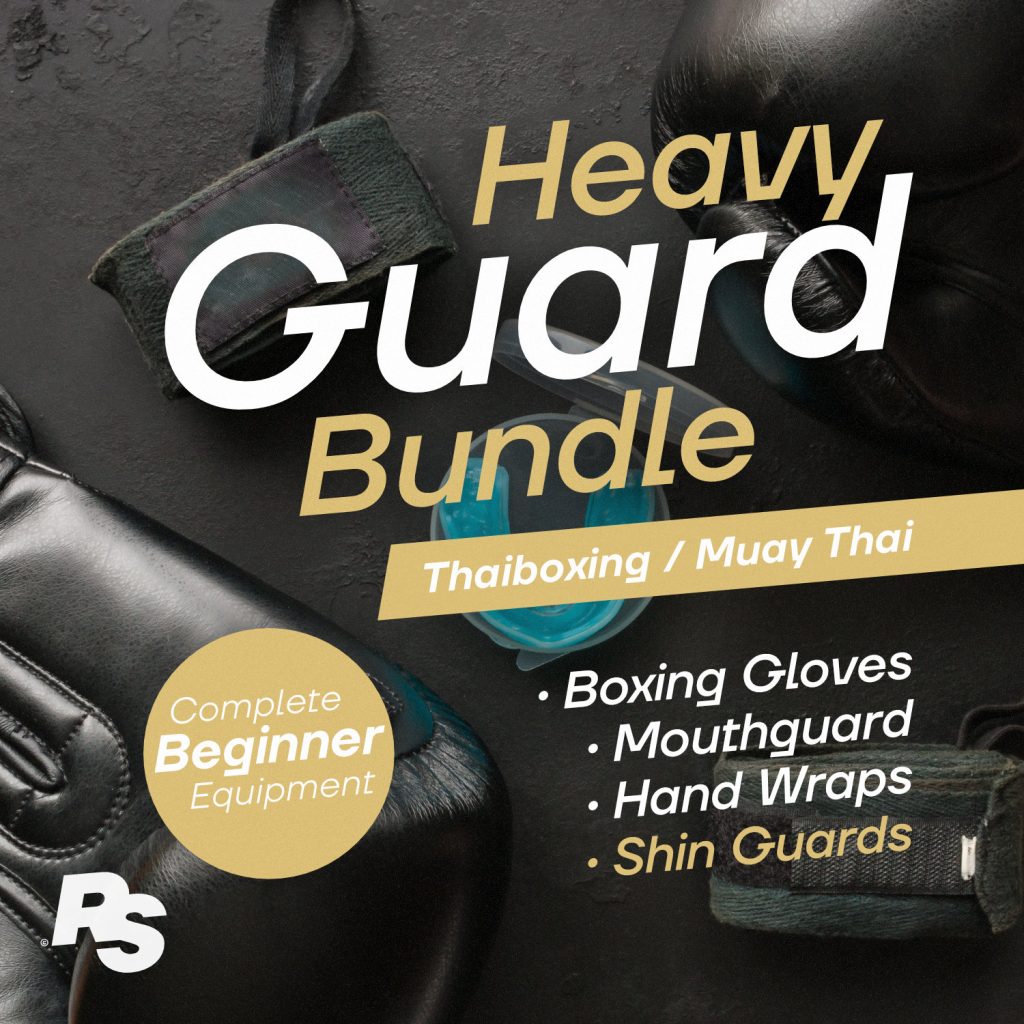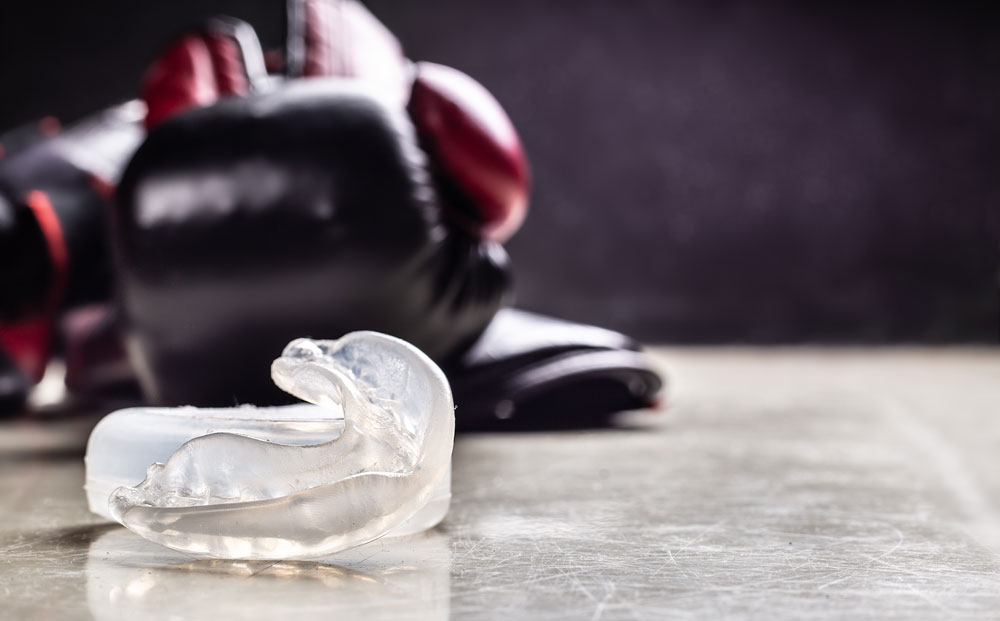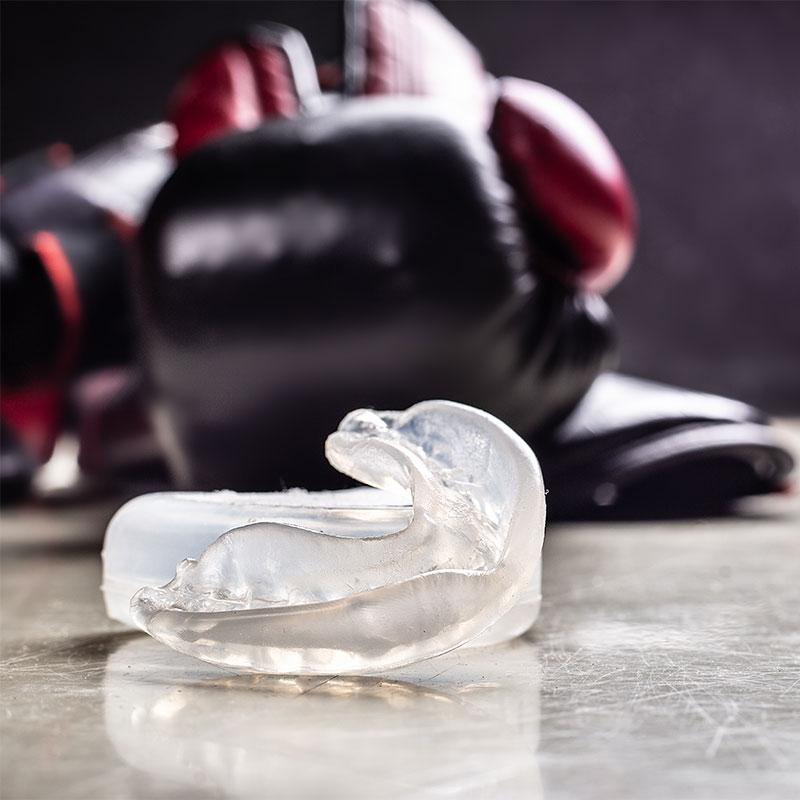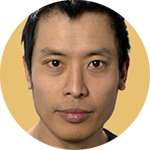Kursplan-Leitfaden Muay Thai
Um am Training im Ringside Gym© teilzunehmen, benötigst du entweder eine aktive Mitgliedschaft oder eine der folgenden Trainingskarten: Wochenkarte (OneWeek-Pass), Monatskarte (Trial-Ticket), 10er-Karte (10DAY FlexPass), eine Karte für unsere Morgengruppe (Muay Thai Morning Routine Pass) oder einen unserer Trainingsgutscheine.
Wenn du neu bei uns bist oder du dich für das Training im Ringside Gym© interessierst, empfehlen wir dir, mit einem Probetraining in einer Sportart deiner Wahl zu starten. Auf diese Weise kannst du dich ausgiebig mit unseren Trainingsmethoden, dem Gym selbst und unserem Trainerteam vertraut machen, bevor du dich für eine langfristige Mitgliedschaft entscheidest. Alles, was du dafür brauchst, ist entweder eine Wochenkarte (OneWeek-Pass), eine Monatskarte (Trial-Ticket) oder eine Karte für unsere Morgengruppe (Muay Thai Morning Routine Pass).
PROBETRAINING
Anmeldung
Wenn du in einem unserer Kurse trainieren möchtest, musst du dich zunächst verbindlich für die Teilnahme registrieren.
“Warum muss ich mich überhaupt registrieren und meine Teilnahme für jeden Kurs anmelden?”
Deine Registrierung ist in vielerlei Hinsicht wichtig für uns. Durch die Begrenzung der Teilnehmerplätze behalten wir unter anderem die Kontrolle über die Gruppengrößen und somit über die gesamte Trainingsqualität. Auch können wir durch deine Anmeldung präziser einschätzen, welche Trainer in welchen Kursen am meisten gebraucht werden und ob der Kursraum genügend Platz für alle bietet. Auf diese Weise möchten wir dir eine durchgängig hohe Kursqualität und ein damit einhergehend bestmögliches Trainingserlebnis bieten.
Deine Daten werden daher ausschließlich zur Erfassung deiner Trainingsaktivität bei uns gespeichert und weder an Dritte weitergegeben noch für andere Zwecke genutzt. Weiterhin hast du in deinem Mitgliederbereich jederzeit die volle Kontrolle über die von dir angegebenen Informationen. Bei Bedarf kannst du dein Profil von dort aus auch zu jedem Zeitpunkt vollständig löschen. Die Löschung deines Mitgliederprofils auf unserer Webseite ist unabhängig von deiner Mitgliedschaft im Ringside Gym© und führt bei Löschung nicht zu einer vorzeitigen oder automatischen Kündigung deiner Mitgliedschaft.
Um dich für dein nächstes Training anzumelden, wähle einen Kurs aus unserem Trainingsplan aus und folge dem Anmeldedialog. Du hast hier die Möglichkeit, gleich mehrere Kurszeiten eines Trainings zu buchen. Bitte beachte aber, dass Kursreservierungen nur maximal 14 Tage im Voraus möglich sind. Im Anschluss erhältst du bei uns ein kostenfreies Mitgliedskonto, über das du all deine gebuchten Kurse einsehen und verwalten kannst.
Hast du schon ein Konto bei uns? Dann findest du deinen Mitgliederbereich gleich hier.
MITGLIEDERBEREICH
Kursdetails
Wenn du mehr über deinen Kurs erfahren möchtest, etwa, wer dich trainieren wird, welche Gruppengröße dich erwartet und welche Ausrüstung du mitbringen solltest, tippe einfach auf den jeweiligen Details-Button rechts neben deinem Wunschkurs.

Kursupdates, Verschiebungen und Planänderungen
Wir tun alles, um deinen Trainingsalltag so störungsfrei wie nur möglich zu gestalten. Dennoch kommt es gelegentlich vor, dass sich ein Kurs verschiebt, sich die Trainingszeiten verändern, neue Kurse dazu kommen und andere wiederum ersetzt werden. Auch neue Trainer, Gasttrainer und spezielle Zeiten an Feiertagen gehören zum alltäglichen Programm. Alle Aktualisierungen dieser Art werden stets rechtzeitig von uns angekündigt. Diese Ankündigungen findest du entweder in unserem News & Aktuelles Bereich oder direkt über deinen Trainingsplan. Alle davon beeinflussten Kurse werden dann noch einmal innerhalb des Plans mit einem Warnzeichen  gekennzeichnet und zugleich auch in unserem Buchungssystem entsprechend aktualisiert. Daher brauchst du dir keine Sorgen, um Fehlbuchungen zu machen. Grundsätzlich gilt, dass, wenn du deinen Kurs im Anmeldedialog auswählen kannst, dieser in der Regel auch stattfindet.
gekennzeichnet und zugleich auch in unserem Buchungssystem entsprechend aktualisiert. Daher brauchst du dir keine Sorgen, um Fehlbuchungen zu machen. Grundsätzlich gilt, dass, wenn du deinen Kurs im Anmeldedialog auswählen kannst, dieser in der Regel auch stattfindet.
Alles über unser Muay Thai Training
Wenn du noch mehr über unser Muay-Thai-Trainingskonzept, die benötigte Ausrüstung oder speziell über unser Kinder- und Jugendtraining wissen möchtest, findest du alle Antworten auf unserer Muay-Thai-/Thaiboxen-Seite.
MUAY THAI / THAIBOXEN
Erfahrungsstufen
Entgegen anderen beliebten Kampfsportarten wie dem Brazilian Jiu-Jitsu unterliegt dein Fortschritt im Thaiboxen keiner Gürtelhierarchie. Stattdessen wird dein Können von deinen Trainern während des Trainings beurteilt und in regelmäßigen Abständen über deinen Fortschritt abgestimmt. Daher gibt es auch keine Zeitvorgaben, was deinen Fortschritt anbelangt. Das bedeutet, je fleißiger du trainierst, desto eher wirst du dein Trainingsziel und die damit einhergehende höhere Erfahrungsstufe erreichen. Unsere Erfahrungsstufen im Thaiboxen gliedern sich in sieben Stufen:
1. Anfänger Stufe I
2. Anfänger Stufe II
3. Fortgeschrittene Anfänger
4. Fortgeschrittene
5. 14- bis 17-jährige
6. 9- bis 13-jährige
7. Frei für alle
Anfänger Stufe I
Dies ist dein Einstieg, wenn du bisher noch keine Berührung mit dem Thaiboxen hattest. Hier vermitteln wir dir alle grundlegenden Techniken und führen dich in alle wichtigen Aspekte dieser spannenden Kampfkunst ein. Ein besonderes Augenmerk liegt hierbei auf der Sicherheit. Du lernst, deine eigene Kraft und deine Bewegungen richtig einzuschätzen, um dich und deine Trainingspartner nicht zu verletzen. In dieser Stufe liegt der Fokus auf der korrekten Ausführung der Grundtechniken wie Schläge, Tritte und Kniestöße. Außerdem vermitteln wir dir die grundlegenden Prinzipien der Beinarbeit und Körperhaltung, um eine solide Basis für dein weiteres Training zu schaffen. Ziel ist es, dir das nötige Selbstvertrauen und die Fähigkeiten zu geben, um sicher und effektiv am Training teilnehmen zu können.
Anfänger Stufe II
In der Anfänger Stufe II hast du bereits ein gewisses Basiswissen erlangt, um dich intensiver mit den Grundlagen des Muay Thai zu beschäftigen. Viele der im Thaiboxen angewandten Techniken verlangen ein gewisses Maß an körperlicher Fitness, um überhaupt richtig eingesetzt werden zu können. In dieser Stufe arbeitest du weiter daran, genau diesen Status zu erreichen und dein Können in Theorie und Praxis zu erweitern. Du vertiefst deine Grundtechniken und beginnst, einfache Kombinationen zu üben. Außerdem verbessern wir deine körperliche Fitness durch gezieltes Konditions- und Krafttraining. Ein weiterer Schwerpunkt liegt auf der Verbesserung deiner Reaktionsfähigkeit und der Entwicklung eines besseren Verständnisses für die Bewegungsabläufe im Thaiboxen. Ziel ist es, dir eine solide Grundlage zu bieten, auf der du in den höheren Stufen aufbauen kannst.
Fortgeschrittene Anfänger
Als Teilnehmer der Mittelstufen-Kurse bist du bereits mit den Grundlagen des Thaiboxens vertraut. Deine körperliche Fitness entwickelt sich stetig und du bist in der Lage, auch längere und intensivere Trainingseinheiten erfolgreich zu meistern. In dieser Stufe vertiefen wir dein Wissen und deine Fähigkeiten, indem wir komplexere Techniken und Kombinationen einführen. Du lernst fortgeschrittene Schlag-, Tritt-, Knie- und Ellbogentechniken und wie du diese effektiv im Sparring einsetzt. Außerdem arbeiten wir intensiv an deiner Ausdauer, Kraft und Beweglichkeit, um deine körperliche Leistungsfähigkeit weiter zu steigern. Taktik und Strategie werden ebenfalls ein wichtiger Bestandteil deines Trainings, sodass du in der Lage bist, deine Techniken gezielt und effektiv anzuwenden. Ziel ist es, deine Fähigkeiten so zu entwickeln, dass du sowohl im Training als auch in möglichen Wettkämpfen erfolgreich sein kannst.
Fortgeschrittene
Hier trainieren erfahrene Mitglieder auf einem hohen Niveau. Viele der Teilnehmer haben Wettkampfambitionen oder bereiten sich aktiv auf einen Wettkampf vor. In dieser Stufe liegt der Fokus auf der Perfektionierung deiner Techniken und der Entwicklung deines eigenen Kampfstils. Du arbeitest intensiv an der Verbesserung deiner Schlagkraft, Geschwindigkeit und Präzision. Fortgeschrittene Kombinationen und komplexe Sparring-Drills sind wesentliche Bestandteile des Trainings. Außerdem wirst du an deiner mentalen Stärke und deinem Durchhaltevermögen arbeiten, um auch unter Druck ruhig und konzentriert zu bleiben. Ziel ist es, dich auf ein Niveau zu bringen, auf dem du sowohl im Training als auch in Wettkämpfen erfolgreich und sicher agieren kannst.
14- bis 17-jährige
Diese Kurse sind für unsere jugendlichen Mitglieder gedacht und berücksichtigen die speziellen Anforderungen und Bedürfnisse dieser Altersgruppe. In dieser Stufe legen wir großen Wert darauf, eine ausgewogene Balance zwischen Techniktraining, körperlicher Fitness und Spaß am Sport zu finden. Du lernst alle grundlegenden und fortgeschrittenen Techniken des Muay Thai und wie du diese sicher und effektiv einsetzen kannst. Zusätzlich arbeiten wir an deiner Ausdauer, Kraft und Beweglichkeit, um deine körperliche Leistungsfähigkeit zu steigern. Ein weiterer Schwerpunkt liegt auf der Förderung von Disziplin, Respekt und Teamgeist. Ziel ist es, dich zu einem selbstbewussten und fähigen Thaiboxer zu entwickeln, der sowohl im Training als auch im Alltag von den erlernten Fähigkeiten profitiert.
9- bis 13-jährige
In diesen Kursen steht neben dem sicheren Erlernen der Kampfkunst Muay Thai vor allem der Spaß am Sport im Vordergrund. Du lernst die grundlegenden Techniken des Thaiboxens und wie du diese sicher und effektiv einsetzen kannst. Wir legen großen Wert auf spielerisches Lernen und kindgerechte Übungen, um die Begeisterung für den Sport zu wecken. Außerdem arbeiten wir an deiner körperlichen Fitness durch gezielte Übungen zur Verbesserung von Ausdauer, Kraft und Beweglichkeit. Ein weiterer Schwerpunkt liegt auf der Förderung von Disziplin, Respekt und Teamgeist. Ziel ist es, dir eine solide Basis im Muay Thai zu vermitteln und gleichzeitig deine Freude an der Bewegung und am Sport zu fördern.
Frei für alle
Diese Kurse können von allen Teilnehmern ab 18 Jahren besucht werden und bestehen aus einem bunten Mix aus verschiedenen Trainingseinheiten. Egal, ob Anfänger, Fortgeschrittener oder Profi, hier findet jeder die Möglichkeit, sein Können zu verbessern und neue Techniken zu erlernen. Der Fokus liegt auf einem abwechslungsreichen Training, das sowohl die körperliche Fitness als auch die technischen Fähigkeiten fördert. Du wirst an deiner Ausdauer, Kraft und Beweglichkeit arbeiten, um deine allgemeine Leistungsfähigkeit zu steigern. Ziel ist es, ein offenes und inklusives Training zu bieten, das alle Teilnehmer unabhängig von ihrem Erfahrungsstand fördert und fordert.
Wenn du dir unsicher bist, welche Erfahrungsstufe für dich die richtige ist, etwa weil du bereits Erfahrung in anderen Kampfsportarten gesammelt hast oder vielleicht vor langer Zeit Thaiboxen trainiert hast, sprich uns am besten direkt im Gym darauf an. Gemeinsam finden wir den perfekten Einstieg in deine Trainingsroutine.























